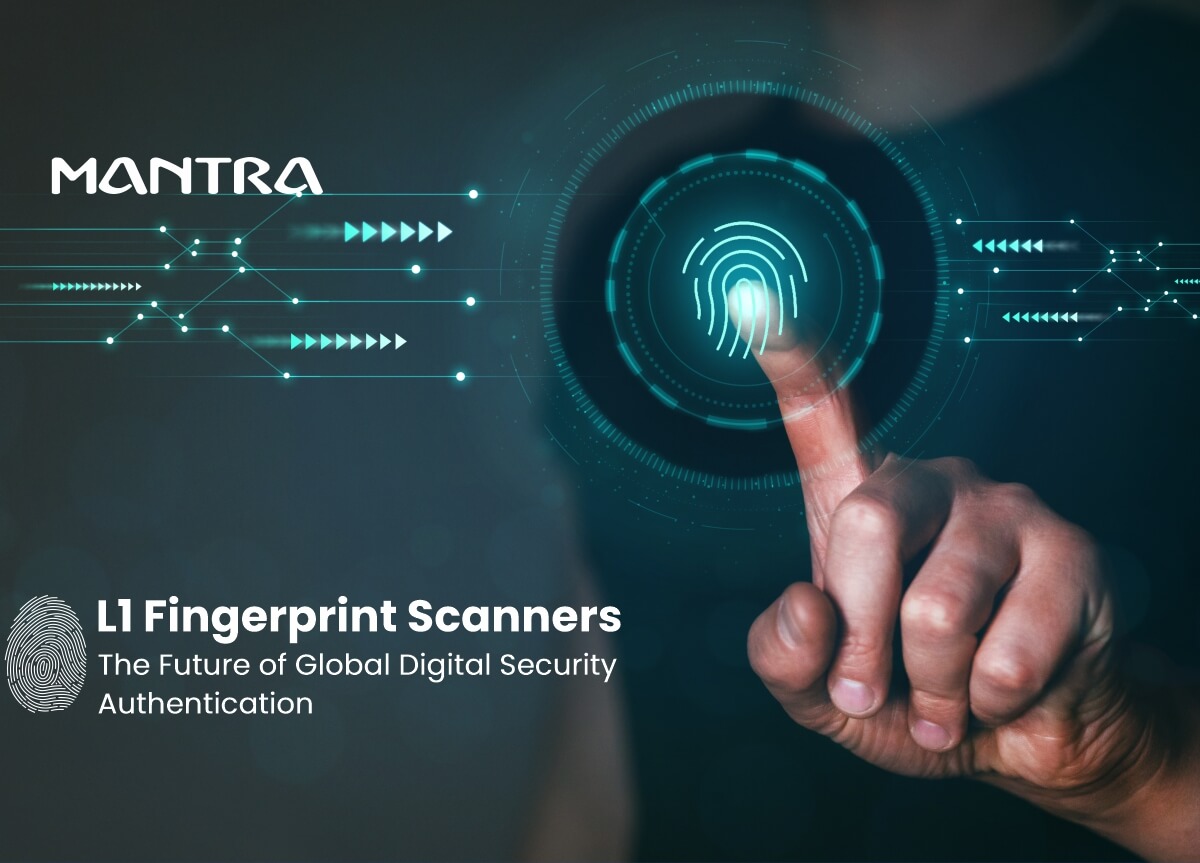
The increasing usage of digital services across the globe as banking, financial transactions, and other online activities become more prevalent has strengthened end-user authentication security. Currently, end-user authentication on virtual platforms is based on digital identity providers (IDPs). The problem with utilizing a single IDP is that each company has its own user details that are unable to share commonly for user convenience. This may cause users to be concerned about the integrity of IDP authentication, which may be prevented with a user-centric and standardized authentication technique. Enterprises should employ L1 fingerprint scanners for authenticating users on their networks to solve this problem and use a single identity across different platforms. This blog will describe L1 fingerprint scanners, why you should use them in your workplace network, and personal uses.
What Is L1 Fingerprint Authentication?
The L1 fingerprint authentication is the strongly protected form of authentication method operated through end-user devices. It is mainly used for high throughput content service applications such as banking, modifying data in smart cards, password updates, and stock and finance management. It is the future of end-device-based authentication to access online services. The technology is ideal for authenticating multiple users accessing the same data.
The L1 fingerprint scanner is a unique feature that makes it different from other types. Even with a small capture area, the L1 fingerprint can read more details from the finger. Besides reading the curves and turning in the fingerprint ridges, L1 fingerprint sensors read the location of pores with high accuracy. It is designed with ease of use in mind as well as security for global use. The technology will help block chain exchange, biometric payment card transactions, and lock applications across different devices.
How does L1 Fingerprint Authentication Work?
L1 fingerprint authentication enables live ID authentication through one-time identification. Once the fingerprint is set in the L1 device, it can be used to authenticate universally across different platforms. The device sends the authentication password and data on successful authentication with the L1 device to the application. First, the user gets control of the device by identification, and then the device grants real-time access to the application through authentication.
The L1 scanner has been designed to work with upcoming smartphones, tablets, and laptops. The L1 will also work with most existing smartphone models, although some models may require special software updates before they support this feature.
Potential Advantages of L1 Fingerprint Authentication
Unique Feature:- The L1 fingerprint reader has a distinguishing feature that sets it apart from other biometric device types. Unlike other kinds, which require both software and hardware, the L1 fingerprint reader does not require any specific software drive support to operate. As a result, it is more reliable and secure than other biometric authentication standards, which necessitate both hardware and software support.
Easy To Use:- Another great thing about the L1 fingerprint reader is that it comes with an easy-to-use interface, allowing users to access their information quickly and easily without having to type in the password every time.
Also read:- Breakthrough in the world of fingerprint sensors: Optical vs Capacitive
L1 Fingerprint in a Modern Digital World?
The L1 fingerprint scanner could play an important role in authentication, single sign-on, and remote access control. Since L1 is designed to work for high throughput applications over the cloud and network facilities, it will provide greater security to mobile applications, software, block chain, banking transactions, and digital wallets. In addition, L1 devices are a greater addition to the privacy of citizens' identities for accessing government services, both online and offline.
Takeaway:
Mainstream biometric manufacturers are behind in acquiring the technology of the L1 fingerprint reader because it represents the future of biometric authentication in a world where services, particularly financial and government schemes, are merging under a single umbrella. With one-time identification on the device, L1 authentication allows a user to identify themselves across several platforms.
ilesh kumar rawat
nanikasath
ReplyIshwar Deen
no comments
Replykhushbu
Nice
Replymukesh kumar mehta
mantra device
Reply